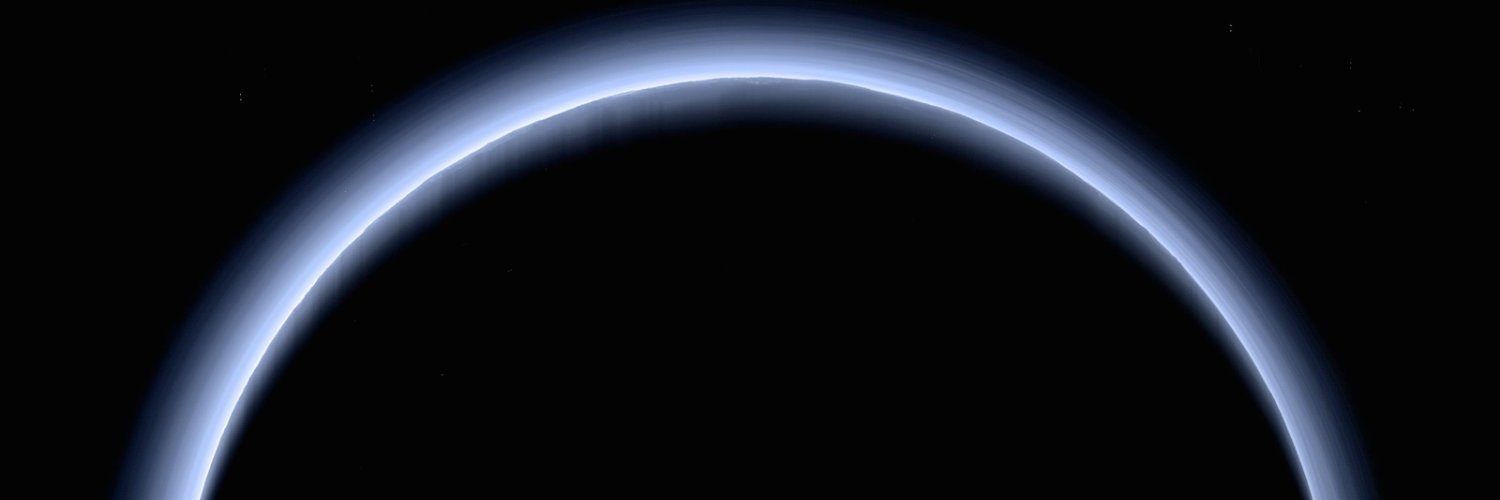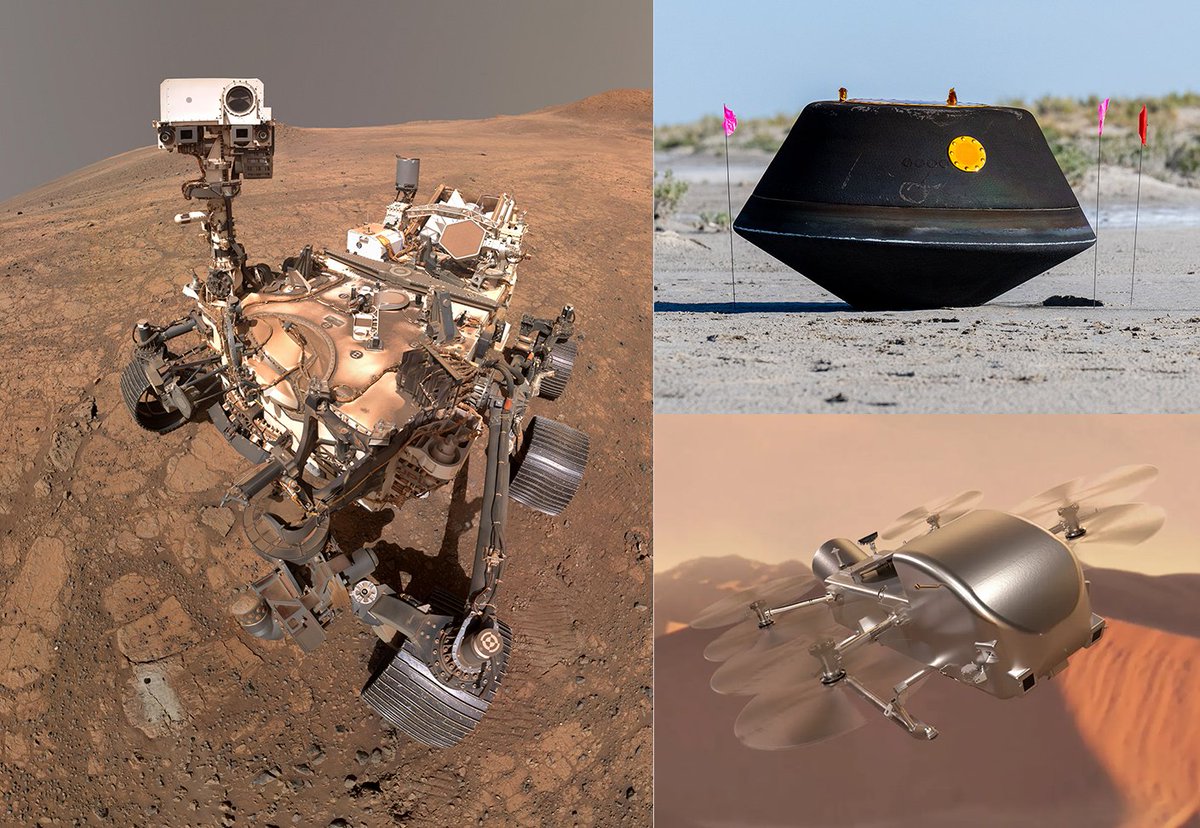
NASA Solar System
@NASASolarSystem
We are NASA's Planetary Science Division. Ride along with us as we explore the worlds of our solar system.
Are there places on Jupiter's moon Europa where water is near the surface? Our Europa Clipper spacecraft will use its E-THEMIS instrument to find out. In March, the instrument went through a test run at Mars: go.nasa.gov/3Uhjylf

From Mars rovers to OSIRIS-REx asteroid sample return to Dragonfly slated to visit Saturn’s moon Titan, @NASAGoddard modelers and scientific computing have provided key global model forecast and reanalysis data to boost NASA missions. More: go.nasa.gov/44PYMze

🚀‼️ After a successful launch, TRACERS has deployed and ground controllers acquired signal from the spacecraft at 6:43 p.m. EDT. A new space mission begins ✨ More: nasa.gov/news-release/n…
Today's launch broadcast is live right now: x.com/i/broadcasts/1…
Today's launch broadcast is live right now: x.com/i/broadcasts/1…
A scrub for today 🧽🫧 The TRACERS launch on July 22 had to stand down due to Federal Aviation Administration airspace concerns that created a no-go condition for launch. The rocket and payloads remain in good health. We're trying again same time tomorrow — see you there!
A scrub for today 🧽🫧 The TRACERS launch on July 22 had to stand down due to Federal Aviation Administration airspace concerns that created a no-go condition for launch. The rocket and payloads remain in good health. We're trying again same time tomorrow — see you there!
TRACERS is ready to launch! 🚀 Watch the live launch broadcast from SpaceX starting @ 1:54 p.m. EDT: go.nasa.gov/3TNRwNU For the latest launch updates, follow @NASAKennedy on X.
TRACERS is ready to launch! 🚀 Watch the live launch broadcast from SpaceX starting @ 1:54 p.m. EDT: go.nasa.gov/3TNRwNU For the latest launch updates, follow @NASAKennedy on X.
Launching soon: A new mission to study magnetic explosions in space! NASA’s TRACERS, a pair of washing machine-sized satellites, will orbit Earth to capture the explosive moments when the Sun’s magnetic field collides and fuses with Earth’s. ☀️🧲🌎 More:…
How to fix a camera from 370 million miles away. 📸📡 An experimental technique rescued a camera aboard our #JunoMission spacecraft, offering lessons that will benefit other systems dealing with high radiation in space. Details: missionjuno.swri.edu/news/nasa-shar…

It's a date! 📅 The launch window for NASA’s TRACERS mission officially opens on *Tuesday, July 22* at 2:13 p.m. EDT (11:13 a.m. PDT) from the Vandenberg Space Force Base in California. Learn more: go.nasa.gov/4f0LmDZ Get ready, it's going to be a blast! 💥🚀
Launching soon: A new mission to study magnetic explosions in space! NASA’s TRACERS, a pair of washing machine-sized satellites, will orbit Earth to capture the explosive moments when the Sun’s magnetic field collides and fuses with Earth’s. ☀️🧲🌎 More:…
New name. New look. Same trusted updates on planetary defense - and more! Welcome to the new @NASASpaceAlerts account – where we’ll share official NASA notifications on cosmic activity in near-Earth space, including: Solar activity💥 Asteroids 🪨 Comets ☄ Meteors 💫
The inside of Uranus is not as cold as expected 🤔 Data from Voyager 2’s 1986 flyby suggested that Uranus is unusually cold inside. Now, advanced computer modeling and a new look at old data reveal that Uranus is warmer than previously thought: go.nasa.gov/44EpDOC

Want to know what Hubble's up to? You can always check what the telescope is currently investigating (or explore its upcoming and past targets!) on our website: go.nasa.gov/4eTHeFz
In spring 2024, NASA’s Hi-C Flare team achieved a space science first: timing a rocket launch with a solar flare. 🚀 💥 ☀️ Using cutting-edge algorithms to measure the earliest indicators of a flare, the team launched the rocket right as the region erupted. A few minutes into…
Mariner 4 was one of the very first missions to use NASA's then-new Deep Space Network. Now, the DSN keeps us in contact with spacecraft from the Sun to beyond Pluto. See which missions we're talking to right now, including Mars Reconnaissance Orbiter: eyes.nasa.gov/apps/dsn-now/d…
Sixty years ago today, NASA began exploring Mars. See what it was like at mission control in July 1965 when Mariner 4 sent back the very first close-up pictures of another planet. science.nasa.gov/mars/triumph-o…